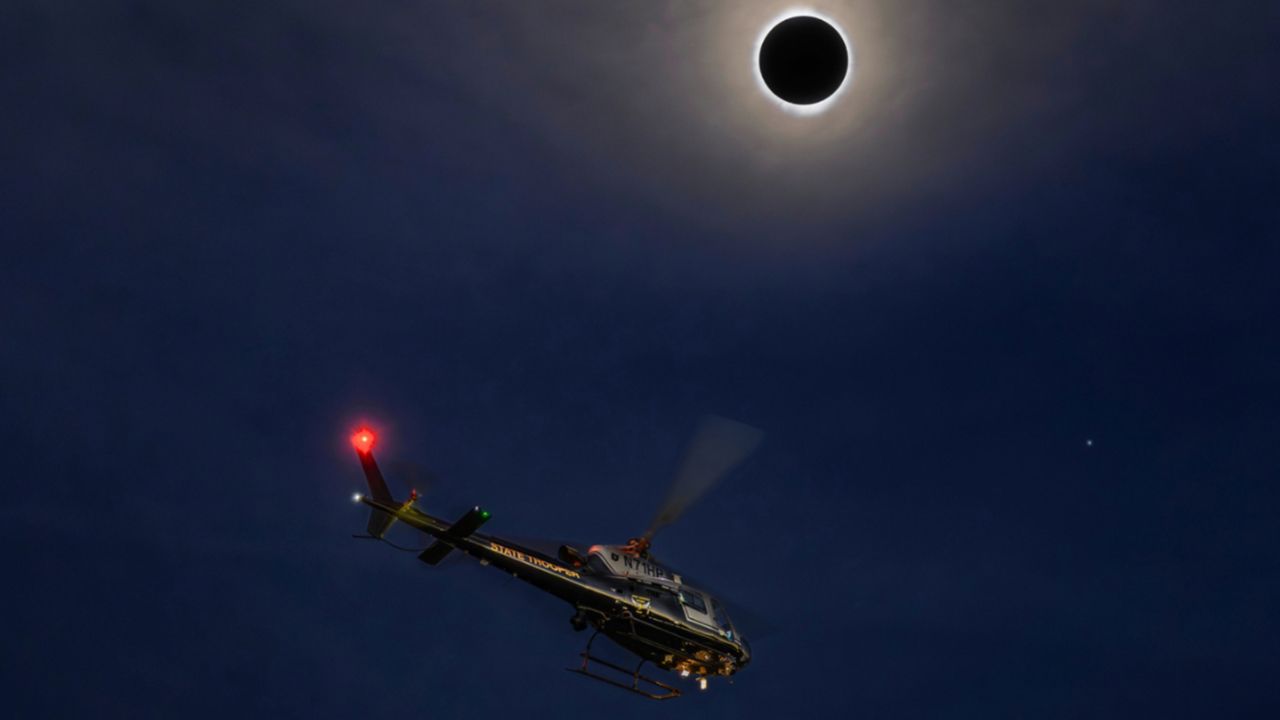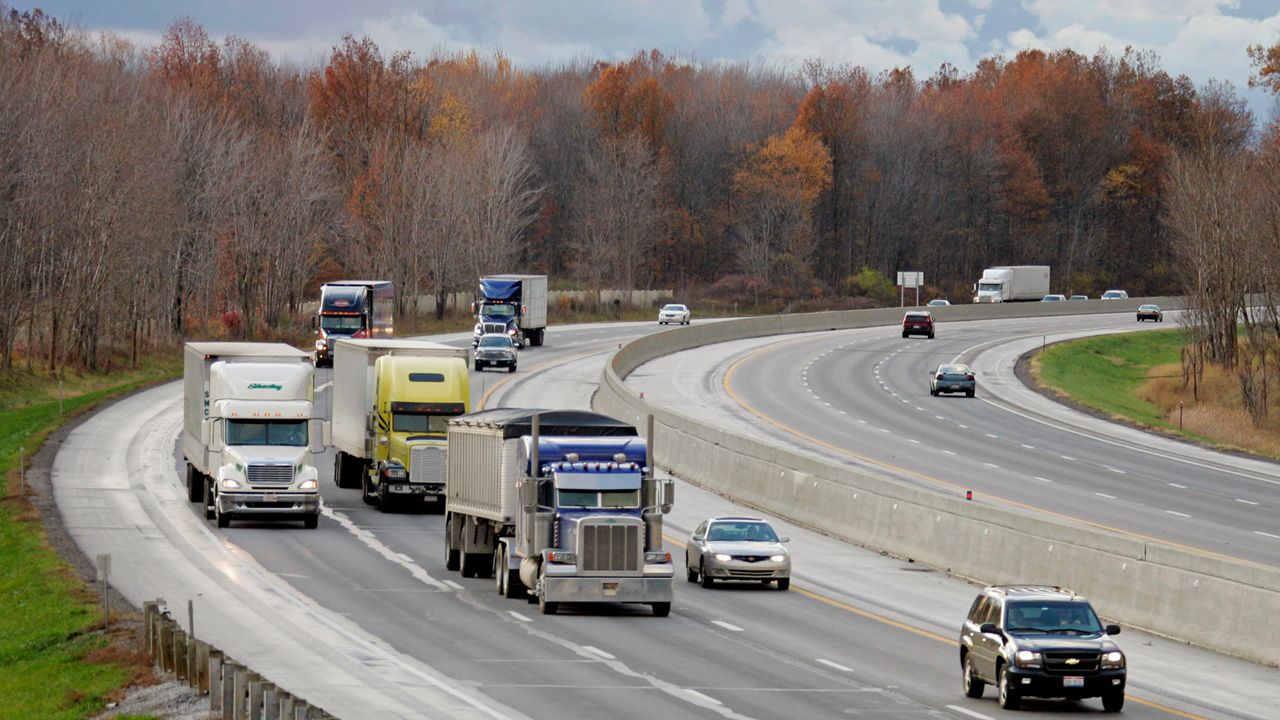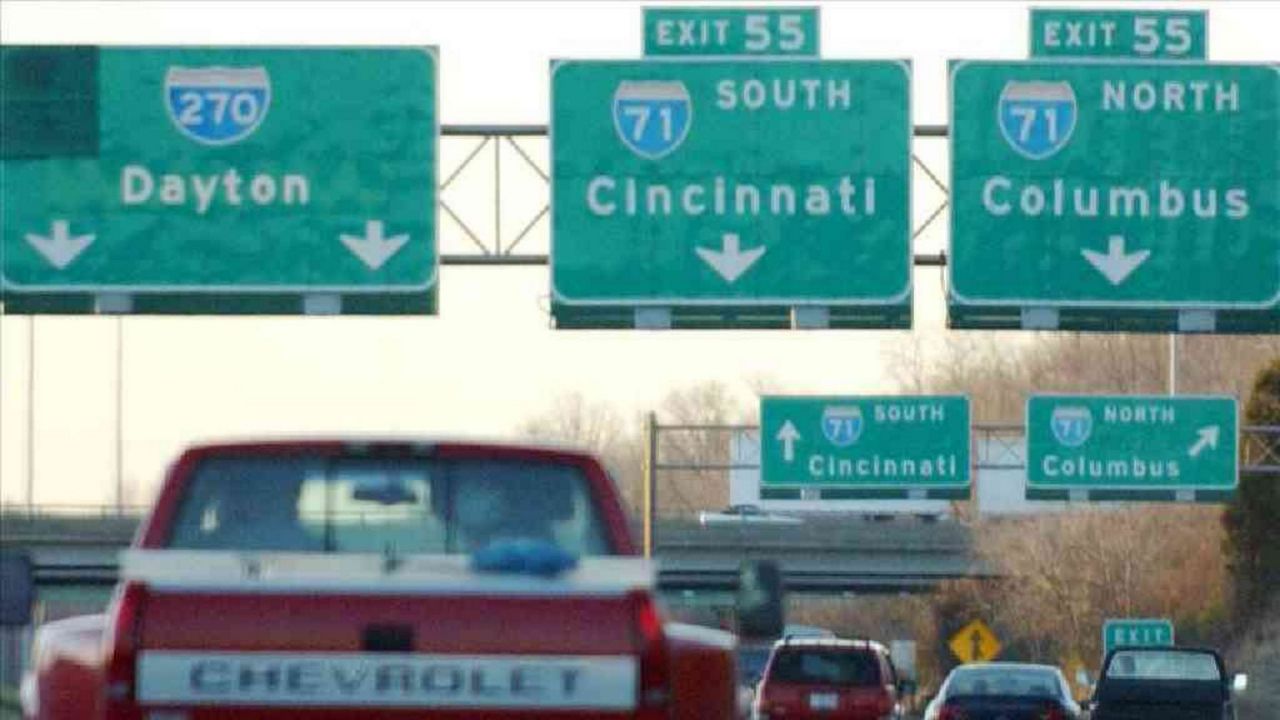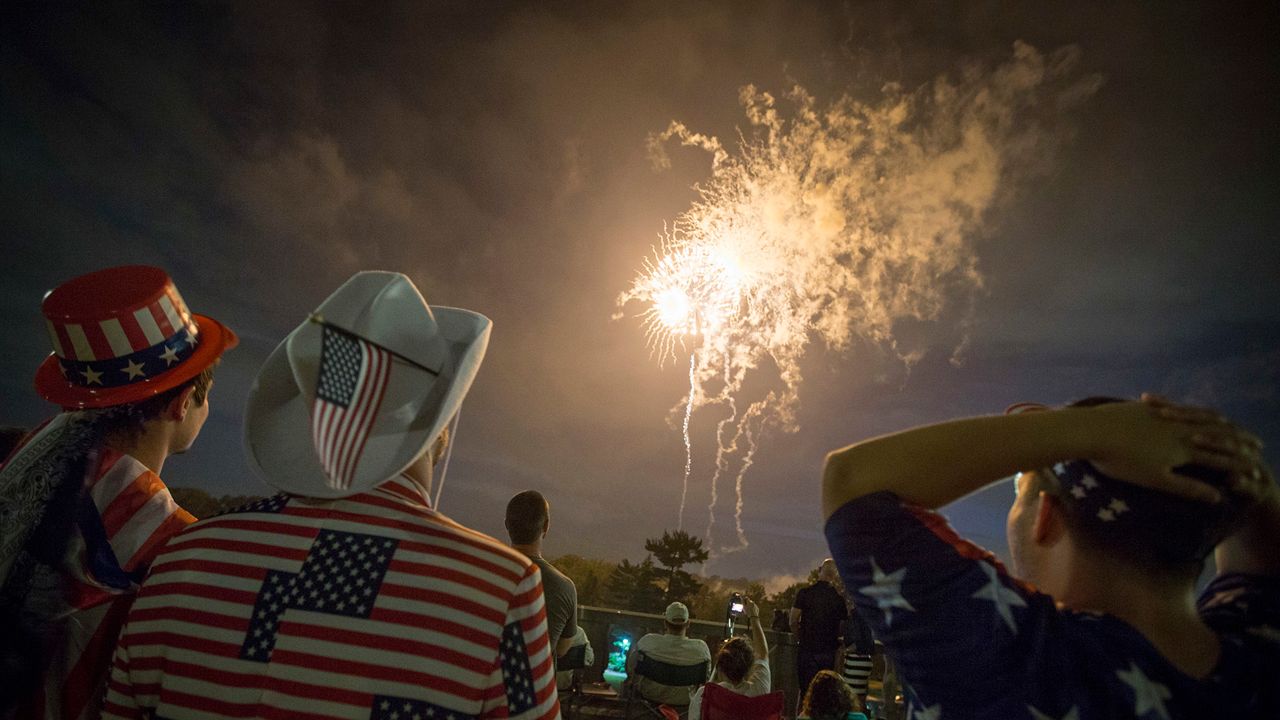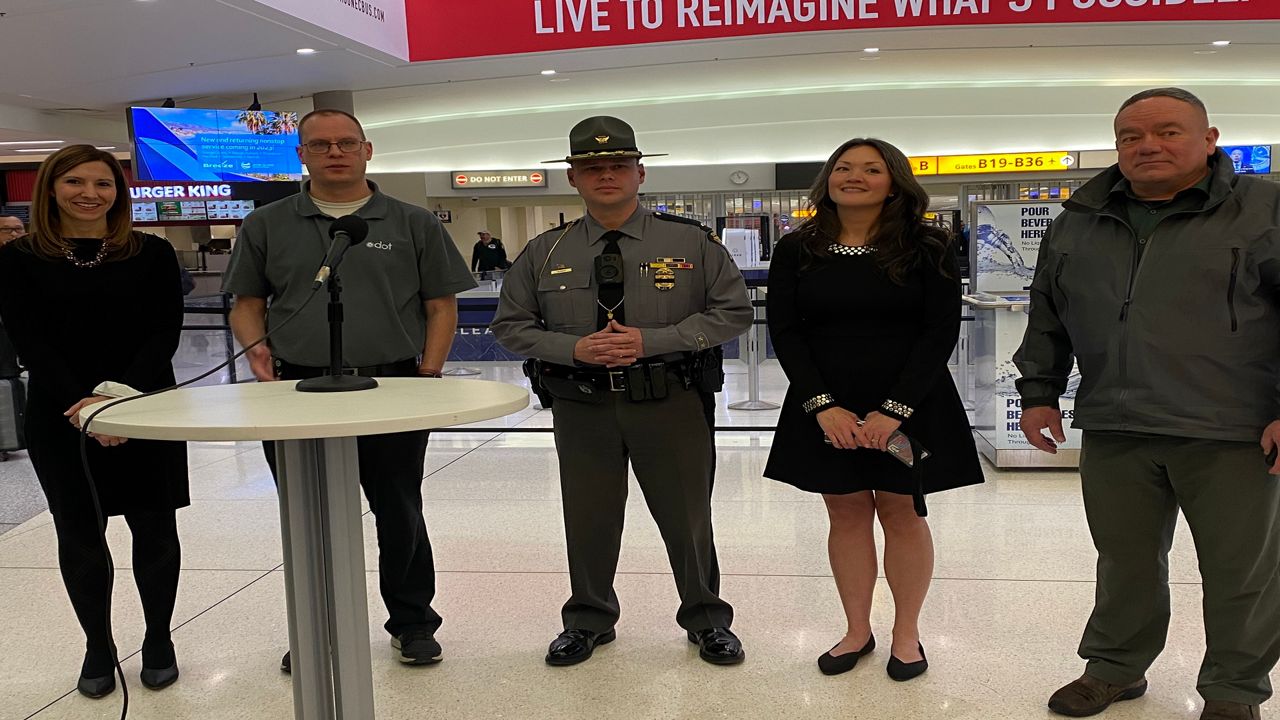OHIO — State agencies have released traffic data following the eclipse last week, an event that brought thousands of visitors to the state and drew locals to popular watch parties.
The consensus: Ohio managed to avoid the gridlock that affected some other states during the eclipse period. That’s according to a press release sent on behalf of the Ohio Department of Transportation (ODOT), the Ohio Turnpike and Infrastructure Commission, the Ohio State Highway Patrol and the Emergency Management Agency.
“I’m grateful to all our state and local partners who spent more than two years planning for this event. Because of their hard work, millions of Ohioans and visitors witnessed the awe-inspiring eclipse and enjoyed a fun day here in the heart of it all,” Gov. Mike DeWine said in the release.
ODOT provided some highlights of roads and interstates that saw increases in traffic on the day of the eclipse:
- State Route 31, north of Marysville – 71.7% increase
- US 35, west of Chillicothe – 67.4% increase
- SR 14, west of SR 165 to Pennsylvania border – 42.8% increase
- US 30, from Van Wert to Canton – 13% increase (53.4% increase west of US 224 near Van Wert)
- US 23 between Chillicothe and Marion – 11.5% increase (21.4% near Marion)
- I-71 north of US 30 – 21.5% increase
- I-75 in Perrysburg – 22.6% increase
- I-70 between I-270 and US 42 – 15.7% increase
- I-74 between Cincinnati and Indiana – 14.8% increase
The release also notes that traffic increased on days around the eclipse as well. The I-70 corridor saw an 11.8% increase in traffic on Tuesday and 11.1% on I-77.
“This data shows that Ohioans and visitors did what we asked of them, and it worked to prevent a huge surge of traffic directly following the eclipse. I also commend our crews for their efforts ahead of, during, and after the eclipse. It really paid off,” ODOT Director Jack Marchbanks said in the release.
The Ohio Turnpike also saw increased traffic. On the day of the eclipse, they recorded 156,812 trips and 162,381 on the day after, compared to 139,000 on a normal day.
“I commend our staff and troopers from the Ohio State Highway Patrol for their meticulous planning in preparation of the solar eclipse,” said Ferzan Ahmed, executive director of the Ohio Turnpike and Infrastructure Commission, in the release. “As expected, there were traffic backups, especially eastbound, as travelers were returning home. The unusually heavy traffic was managed safely and as well as can be expected. Message boards were used to prevent motorists from stopping on the shoulders and to slow down and to expect stopped traffic.”
Finally, the Ohio State Highway Patrol also issued some follow-up information. From April 5-9, they conducted 16,285 traffic stops. That’s a 27% increase from the week before. They also helped 2,066 drivers with changing tires, offering directions or helping those who ran out of gas.
Citing provisional data, the OSHP said they saw a 6% decrease in crashes investigated when compared to the week prior “thanks to the collaborative efforts of everyone involved.”
"The success of this event was made possible not only by the dedicated efforts of our Patrol personnel and fellow safety service partners but also by the responsible actions of the motoring public," Patrol Superintendent Col. Charles Jones said in the release. "Together, we ensured a safe and memorable experience for all."




